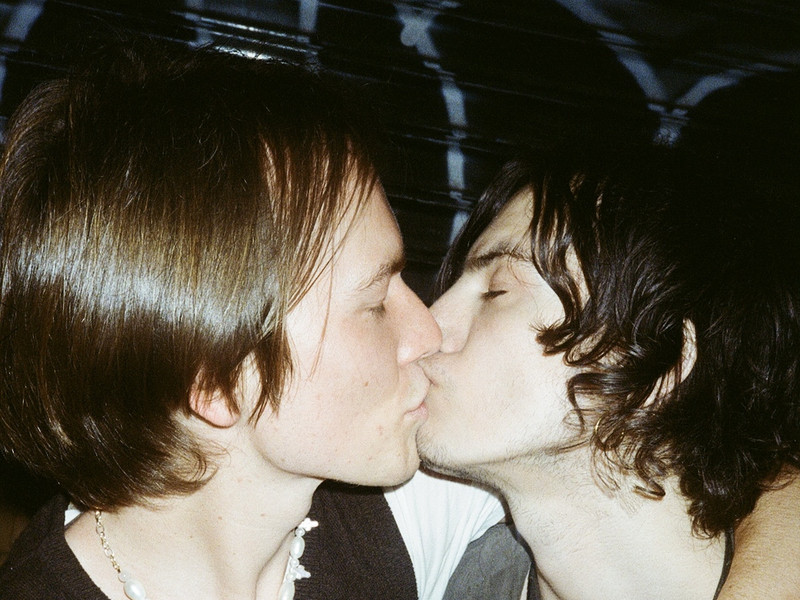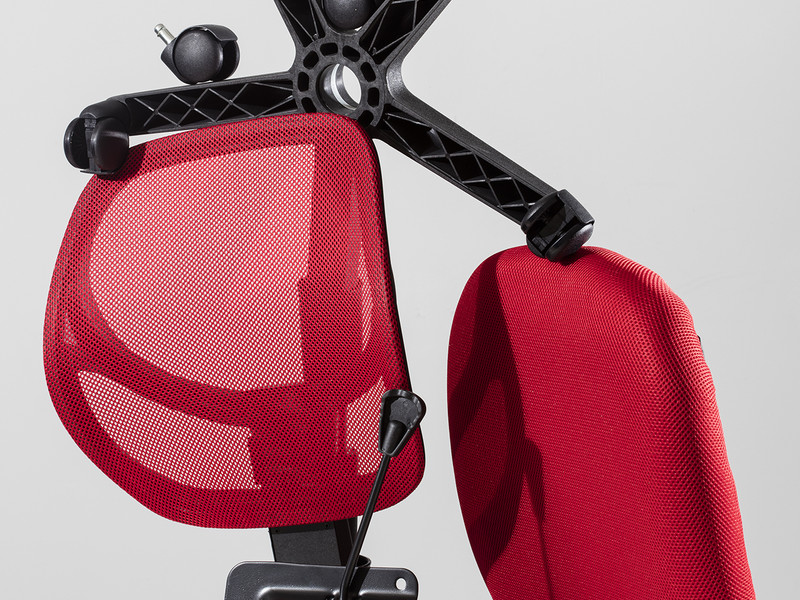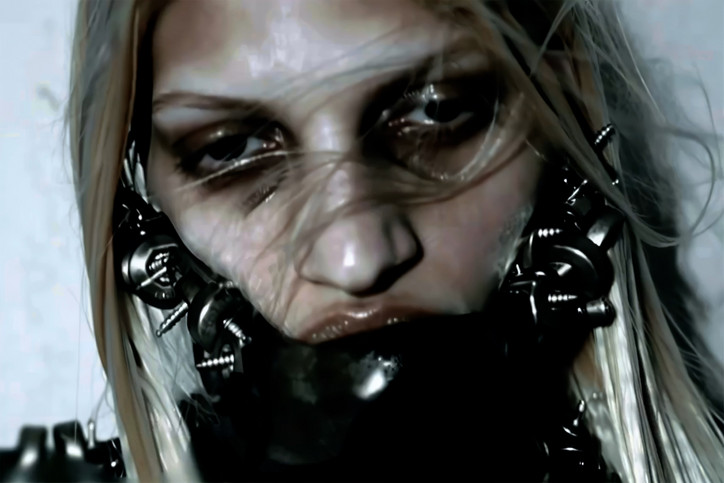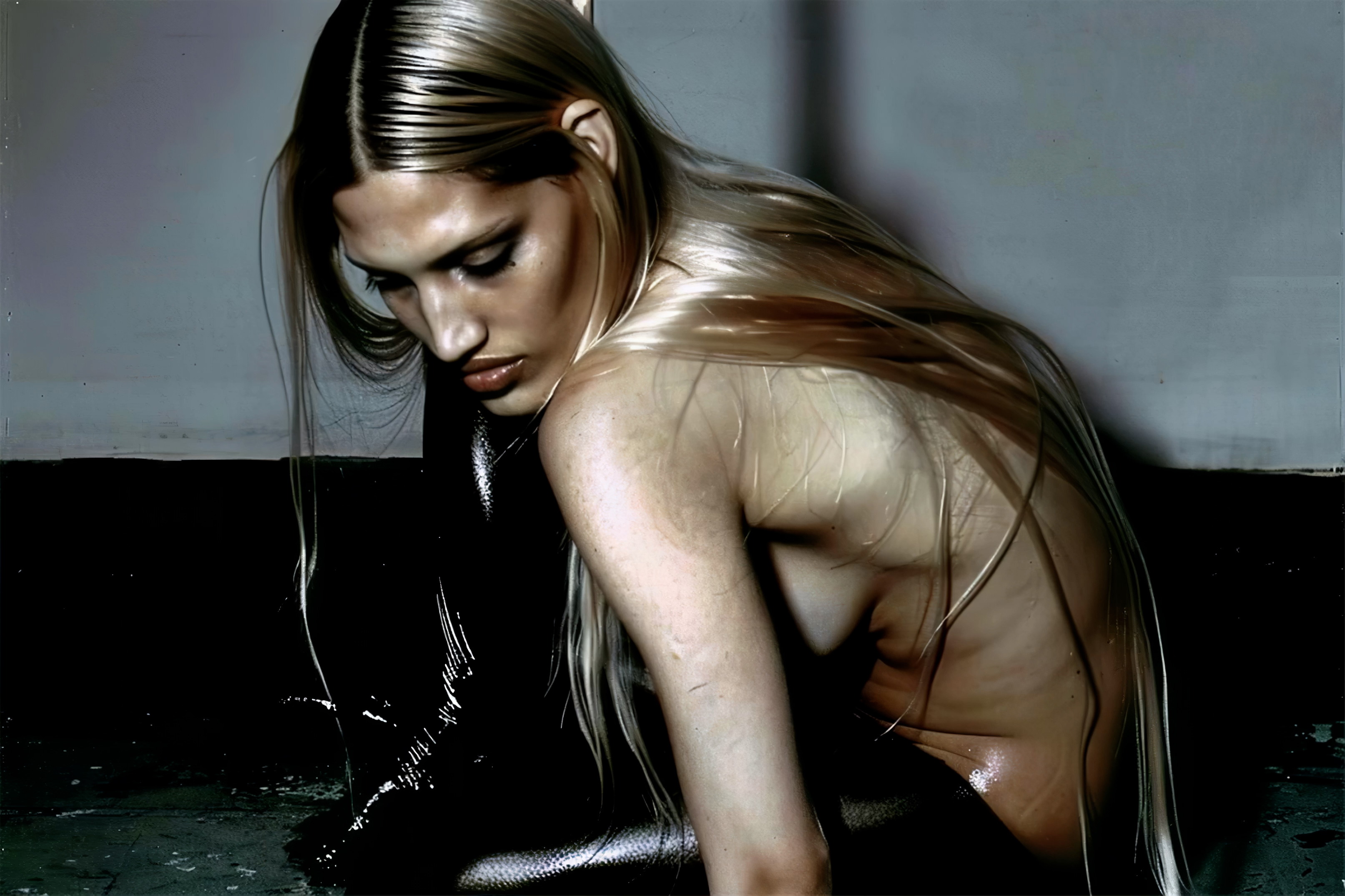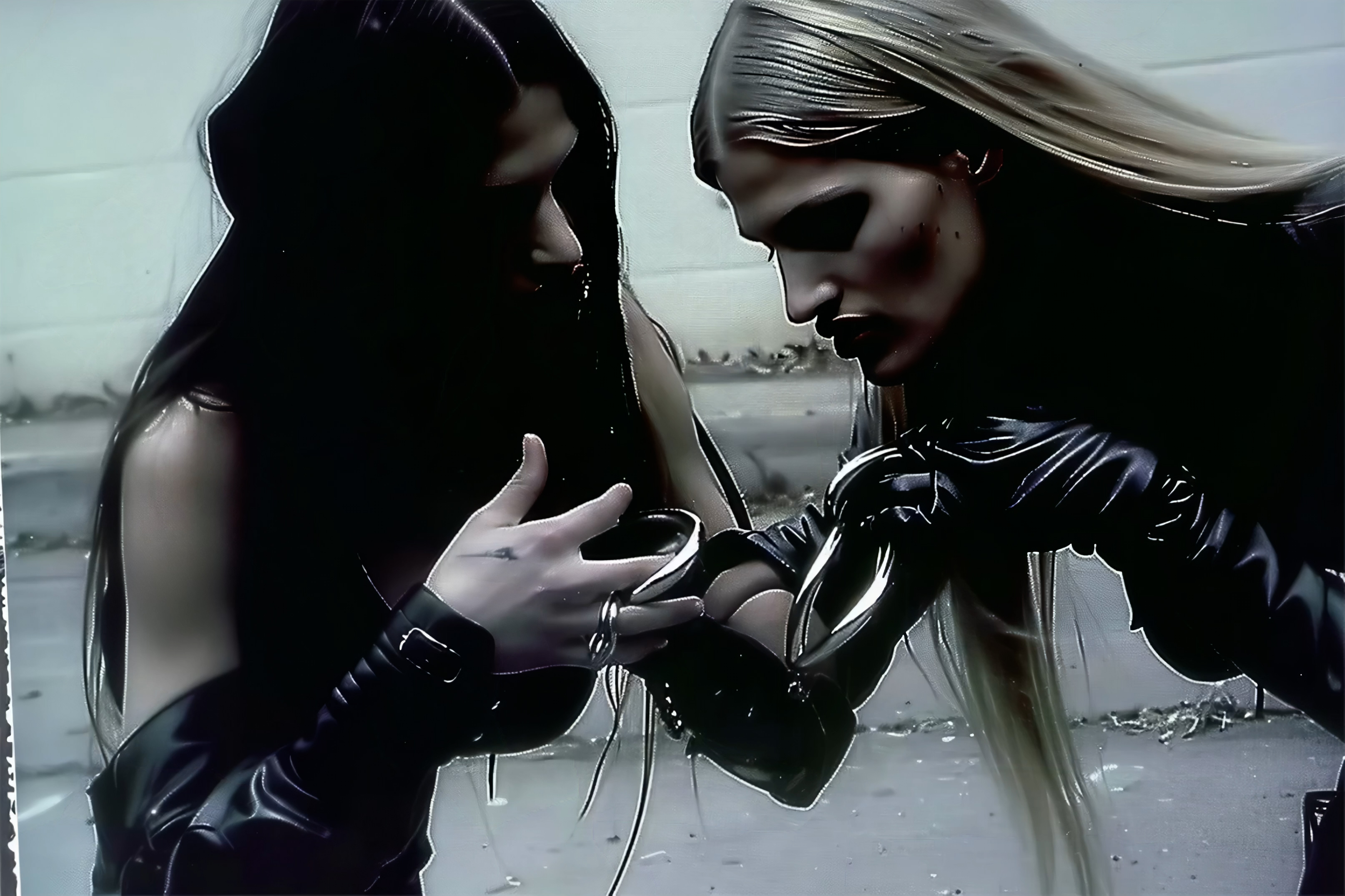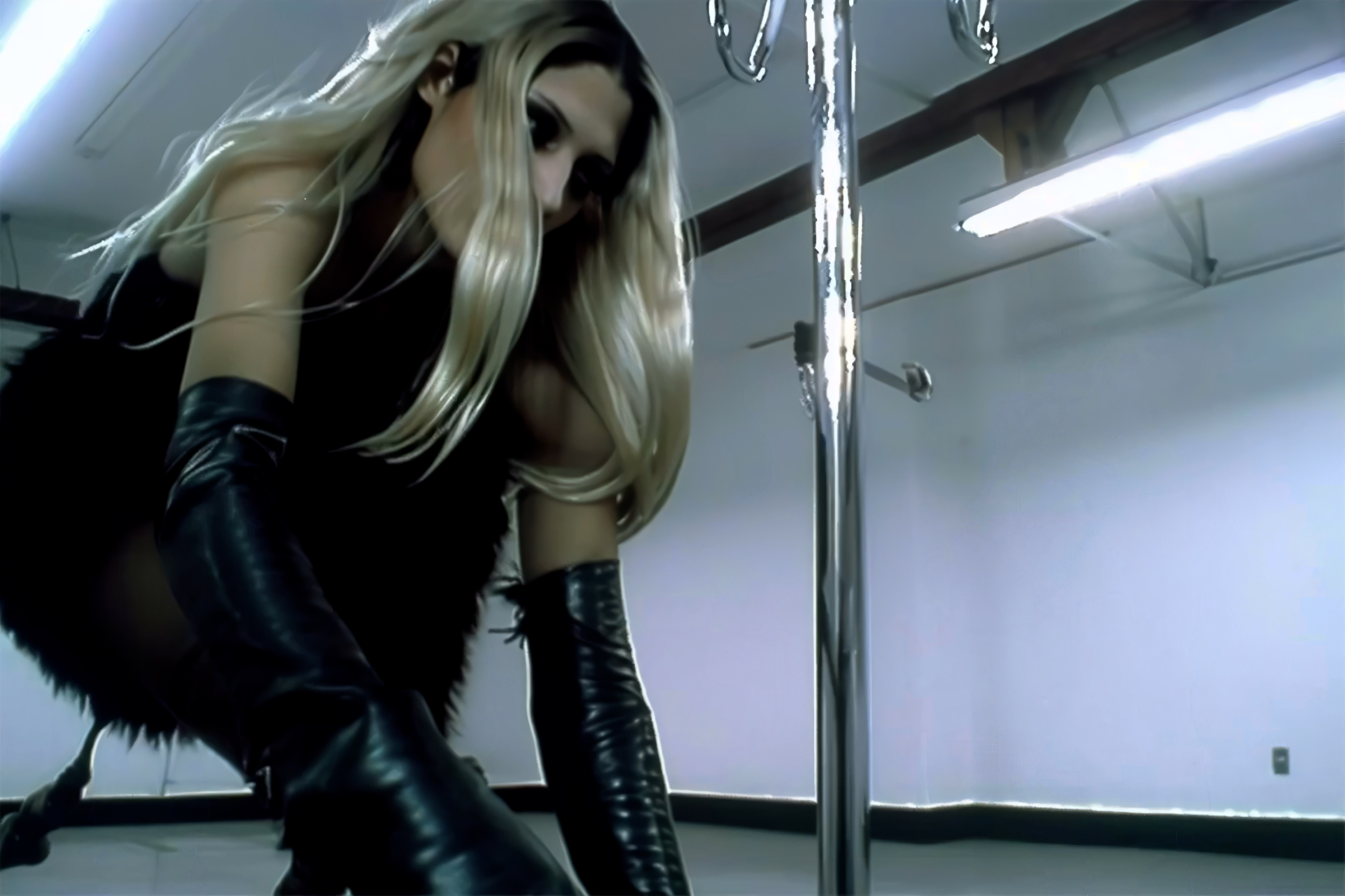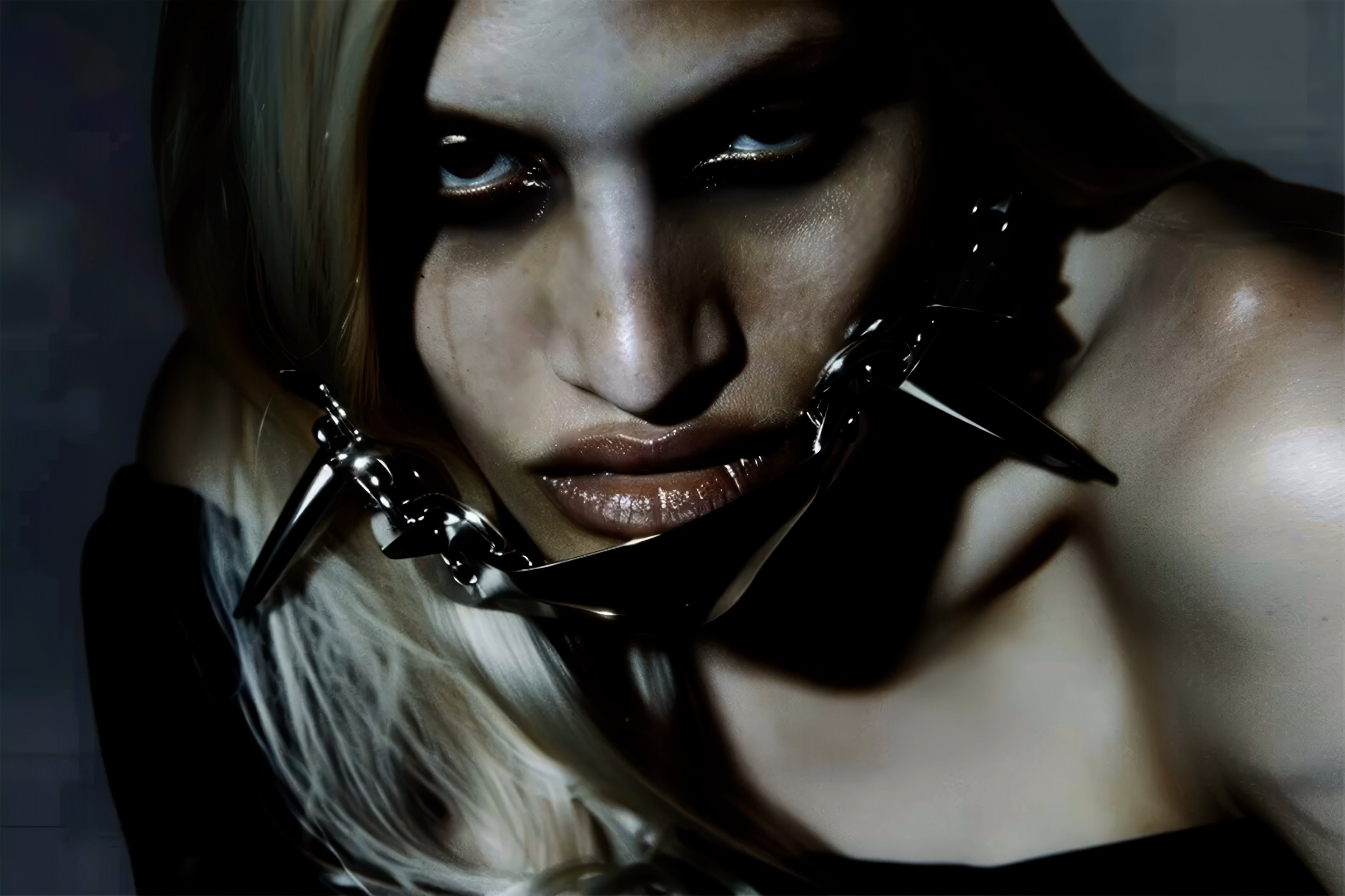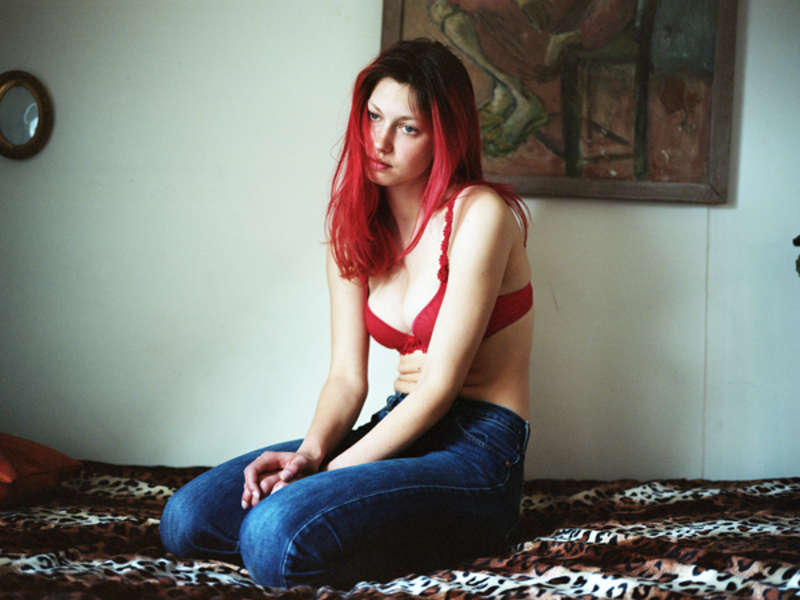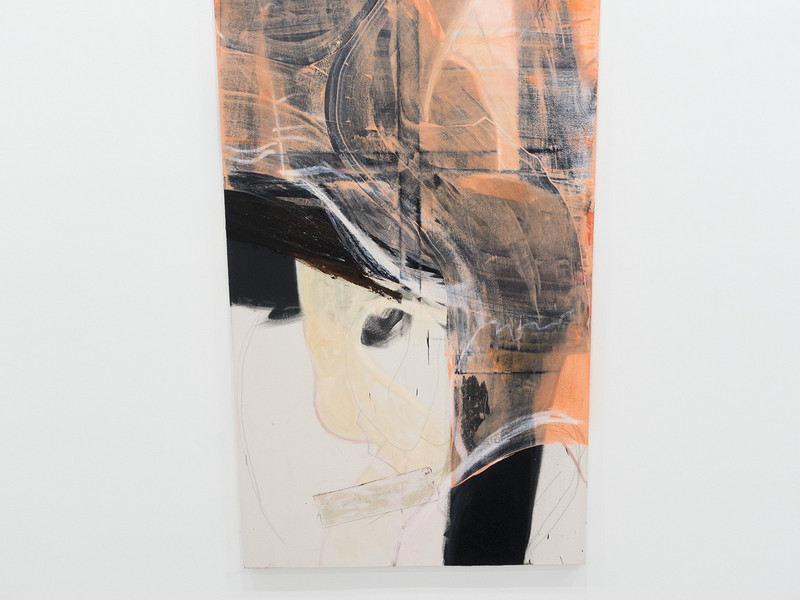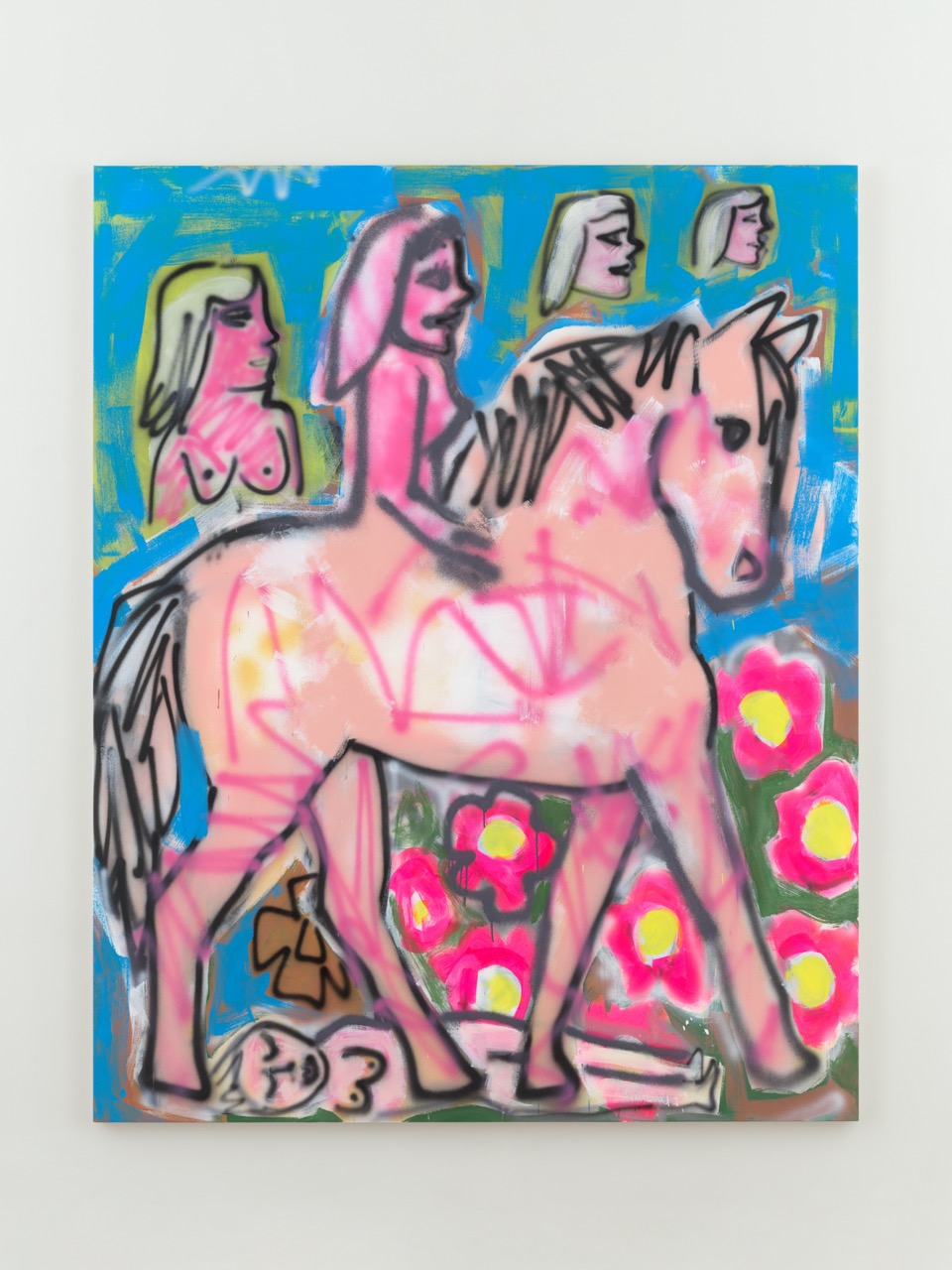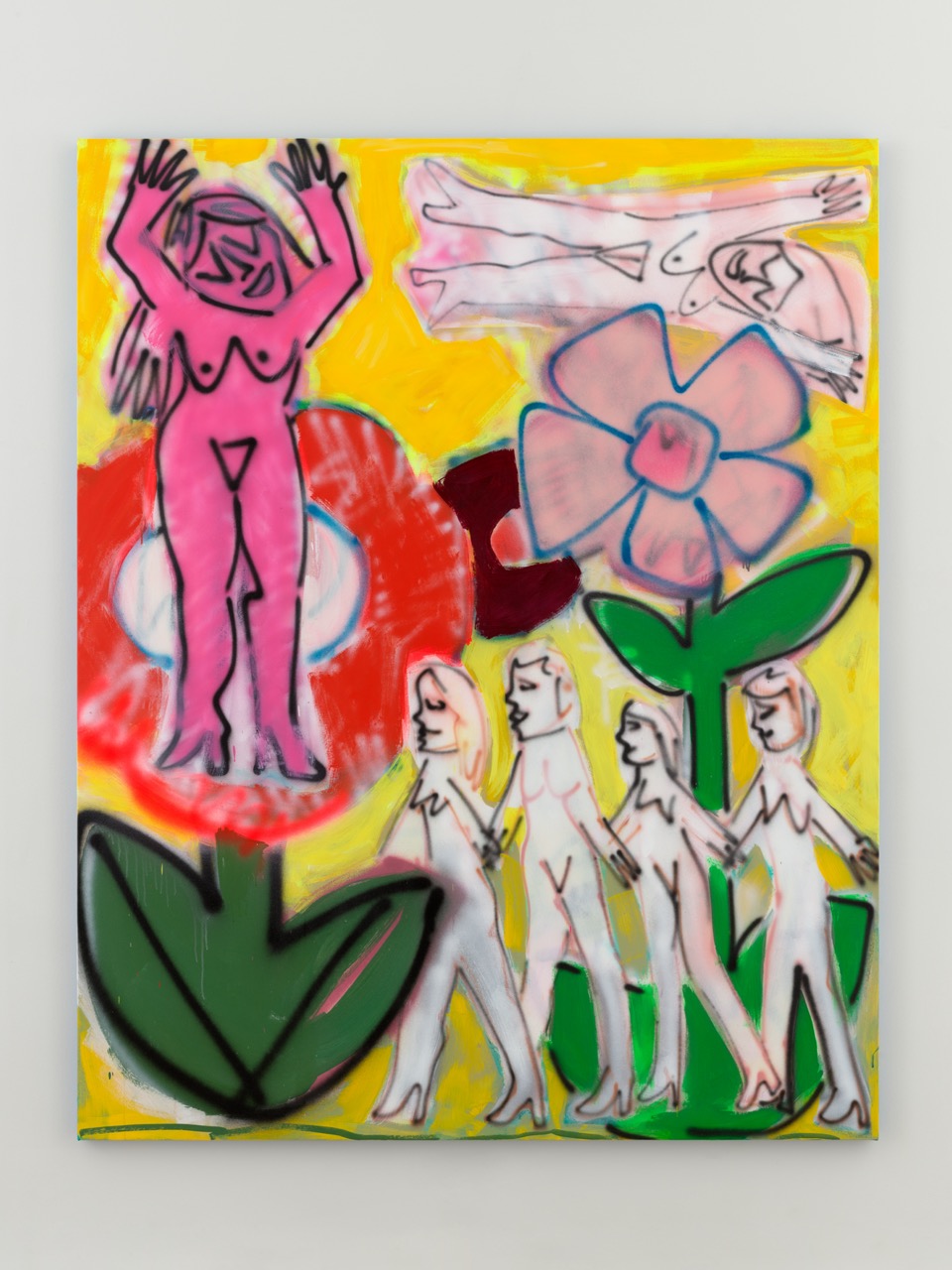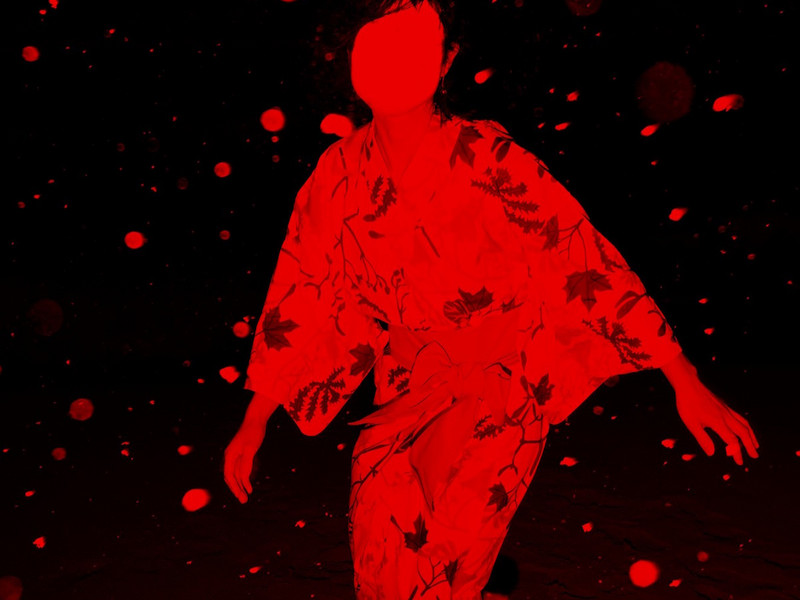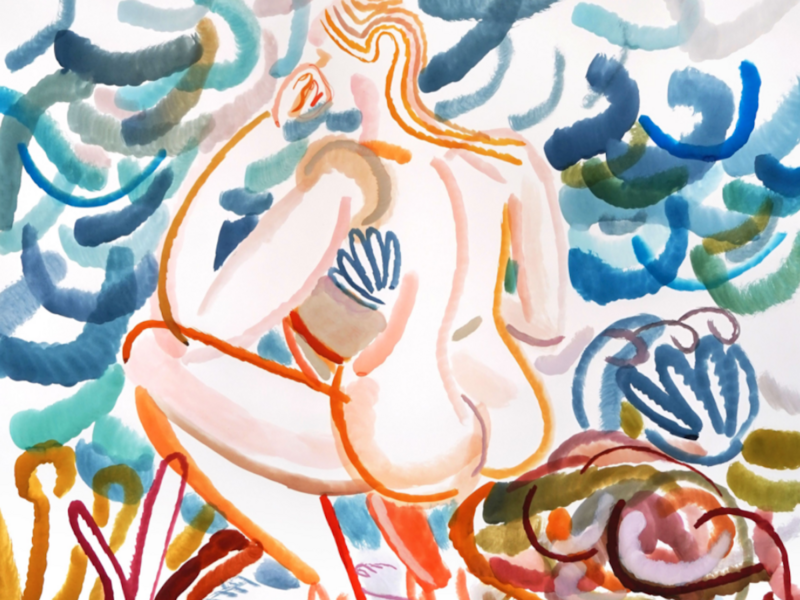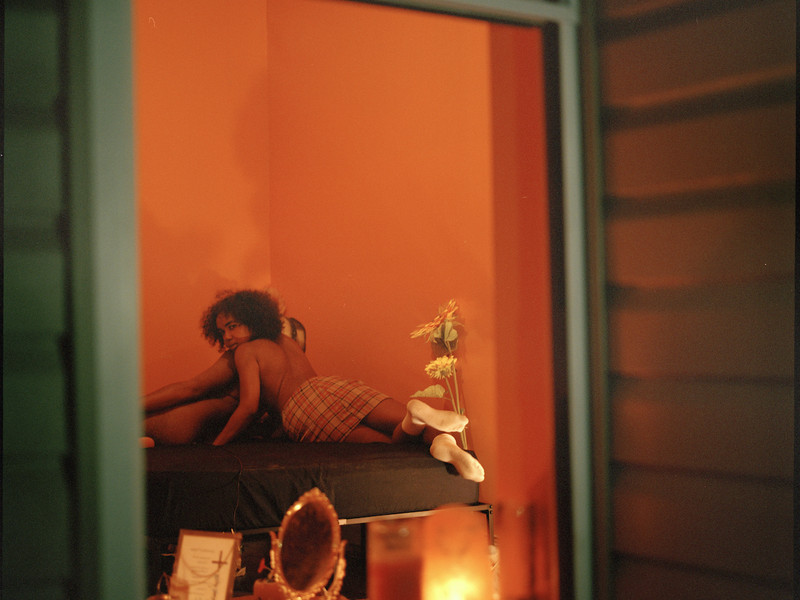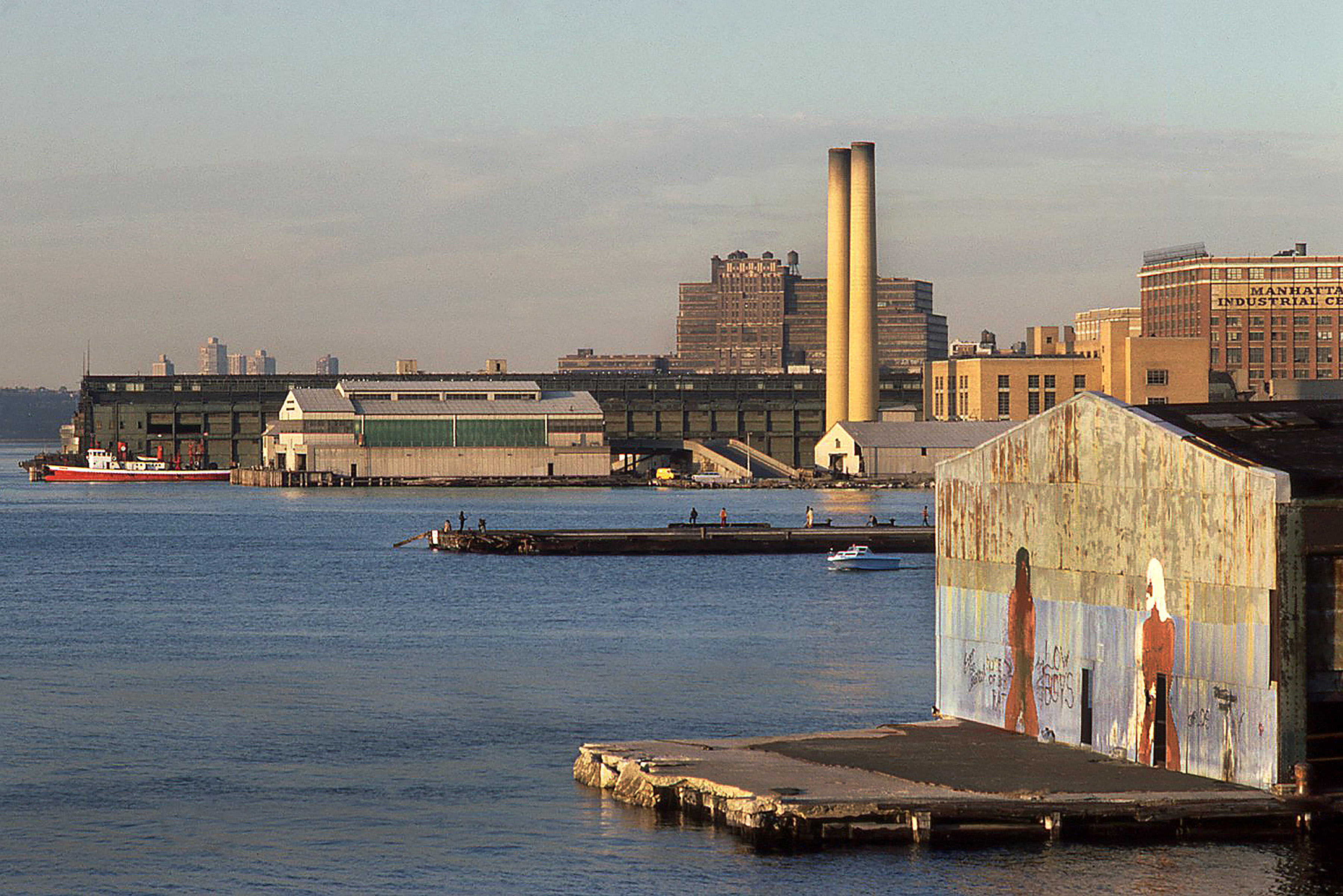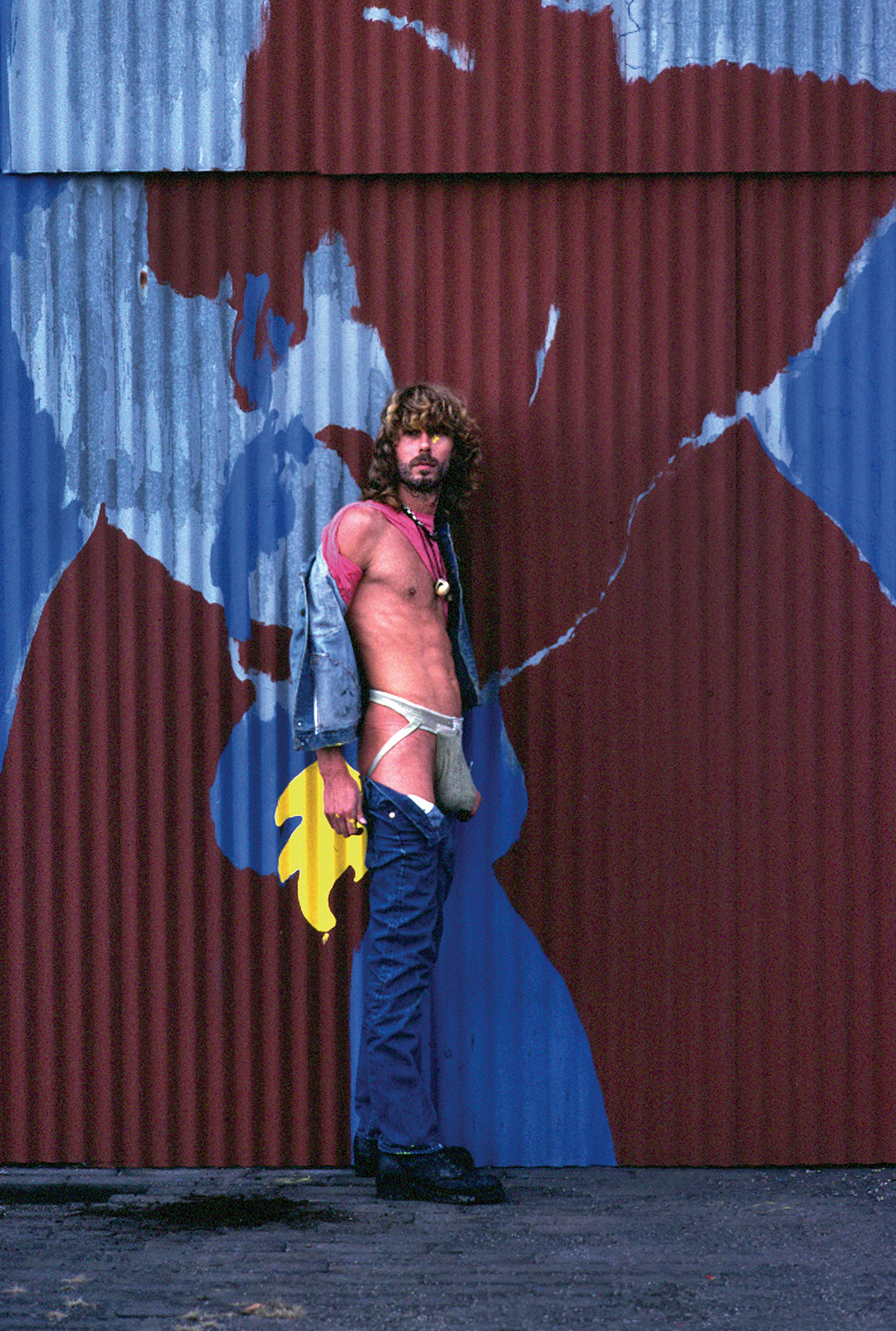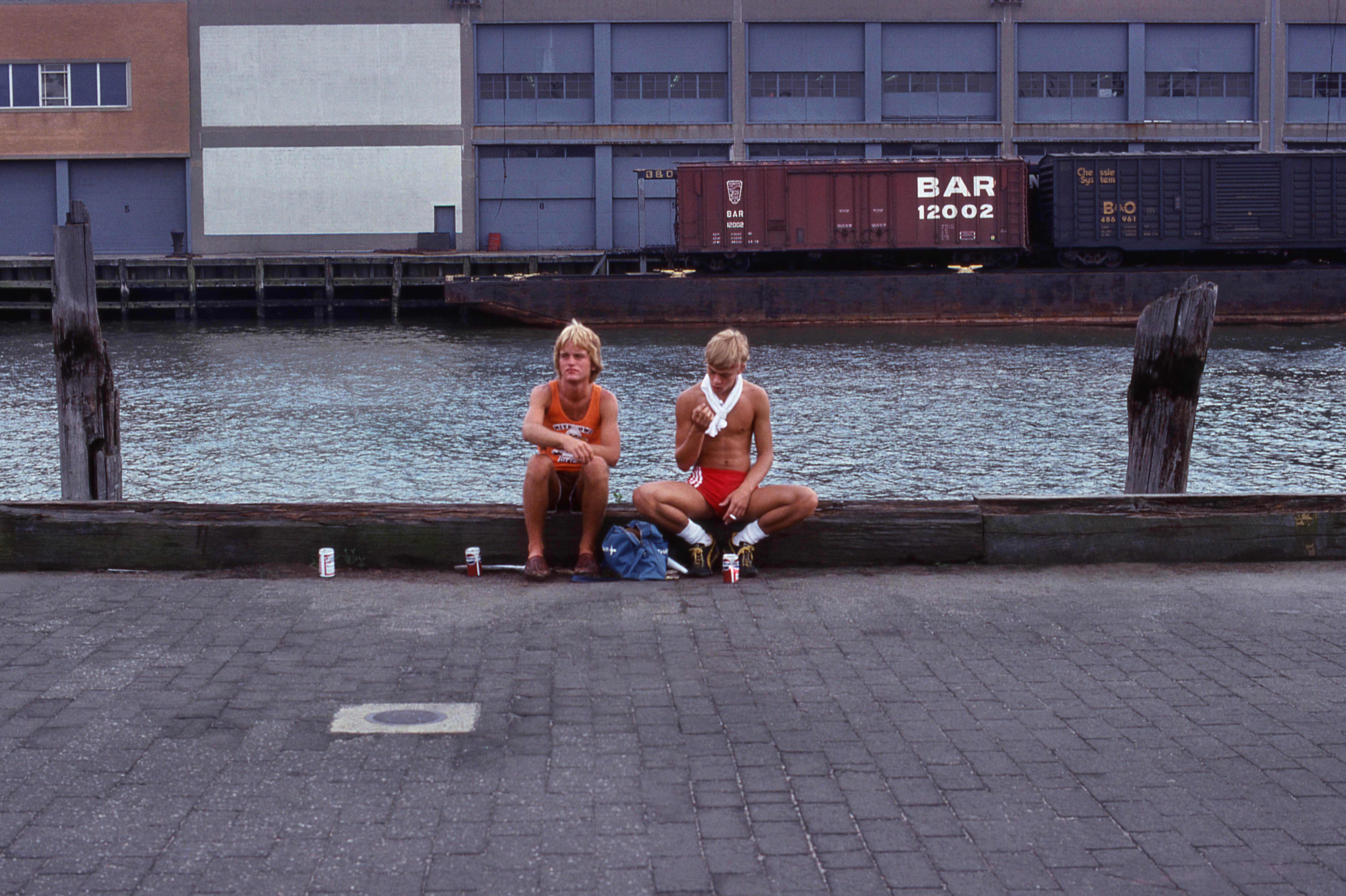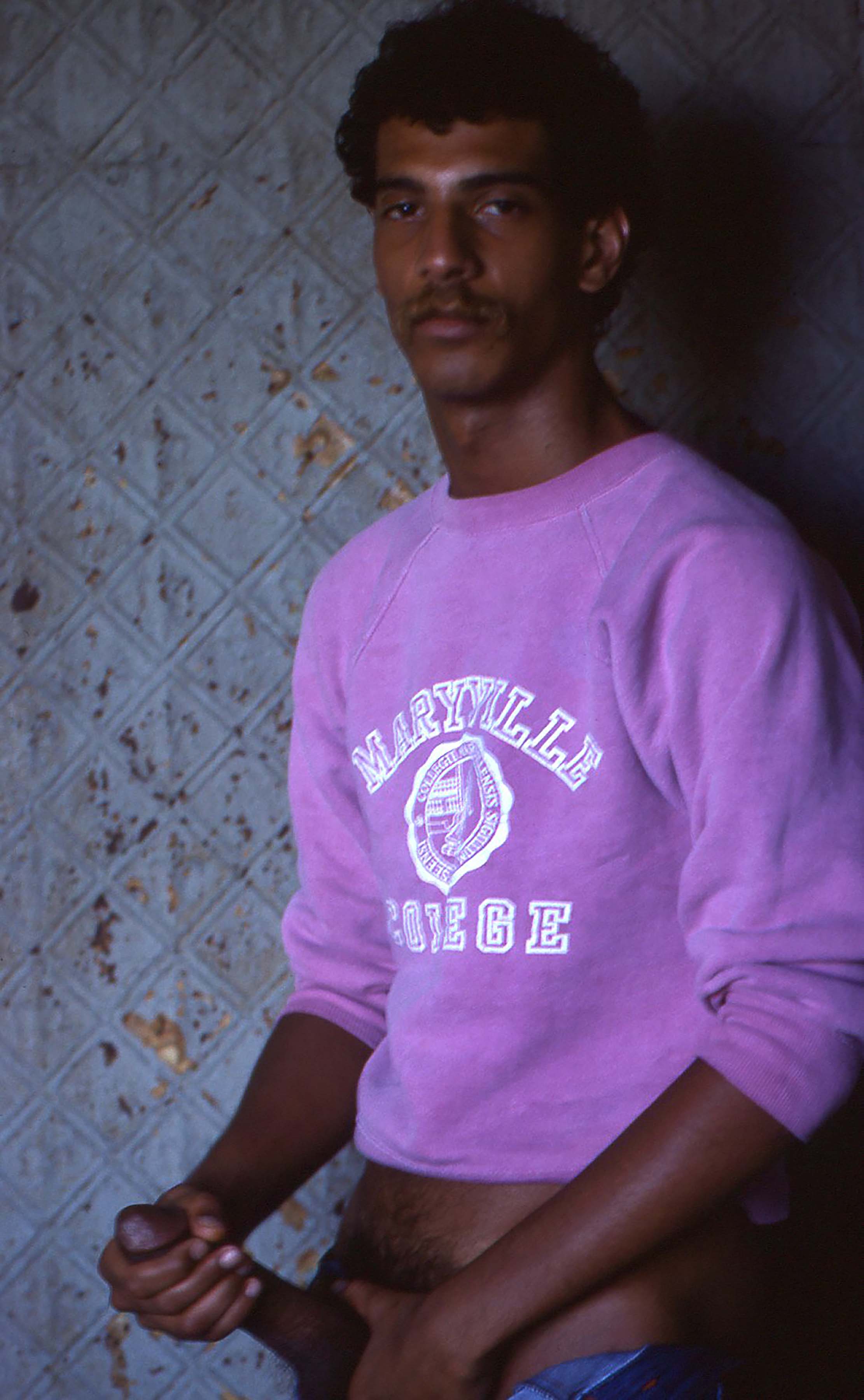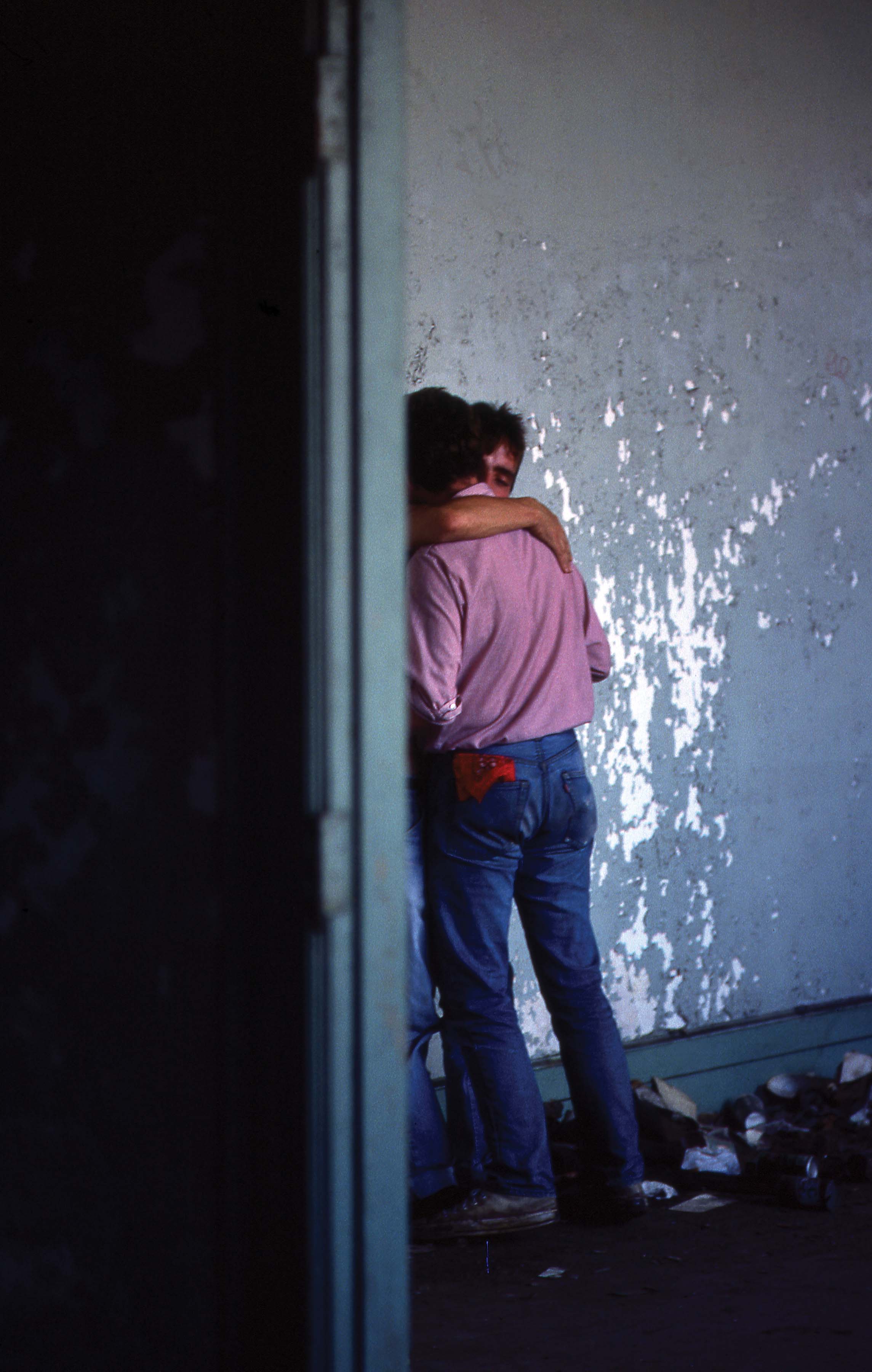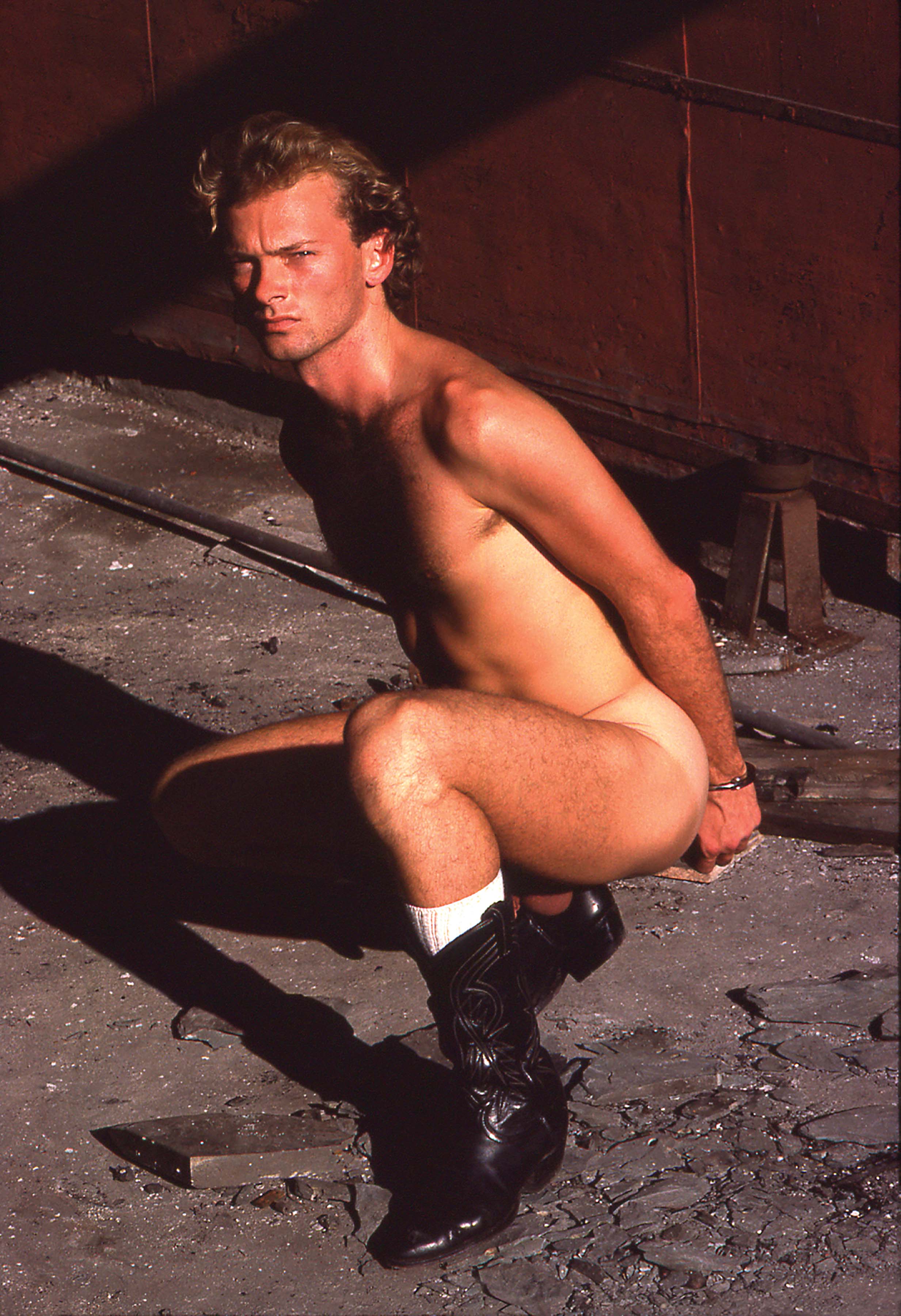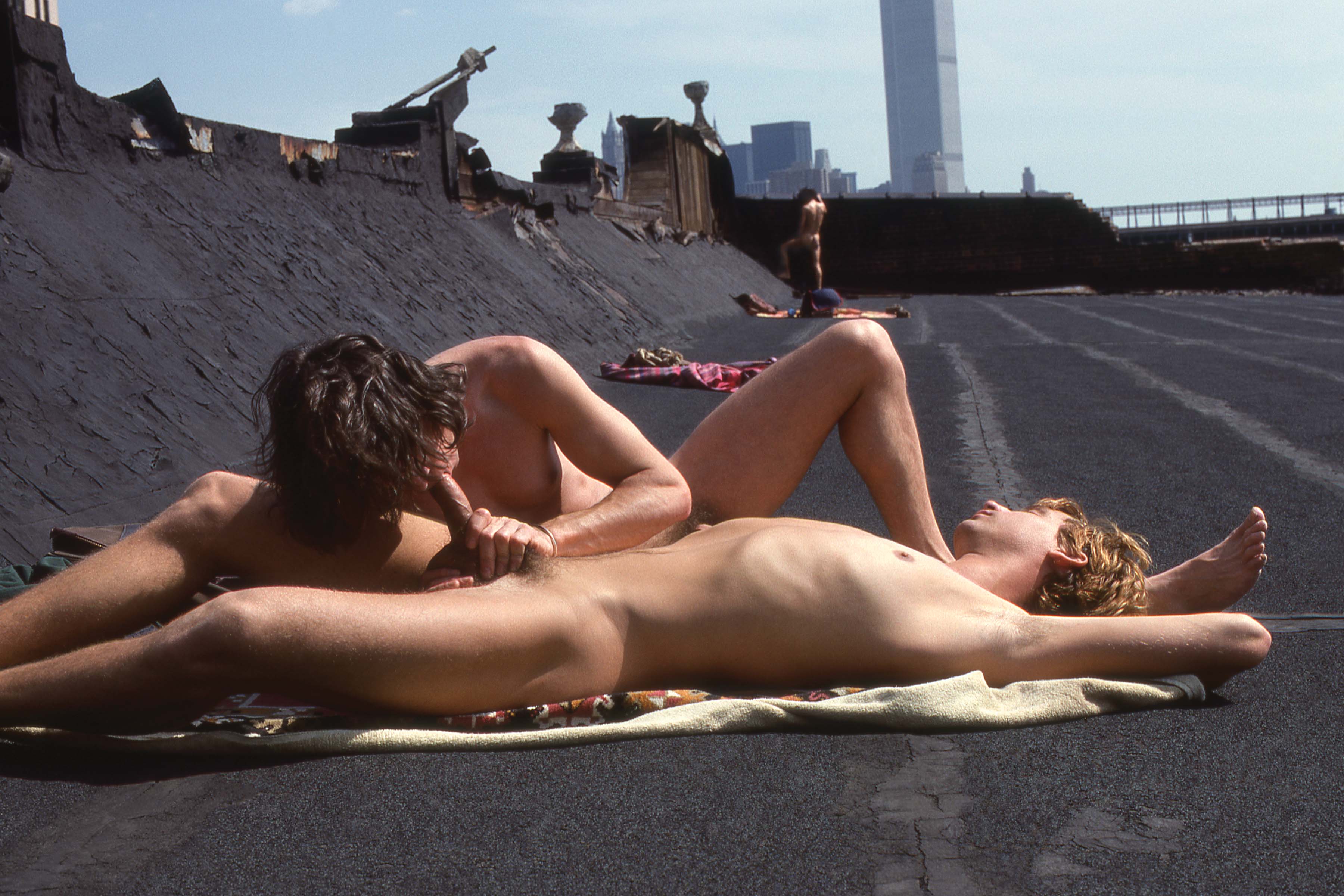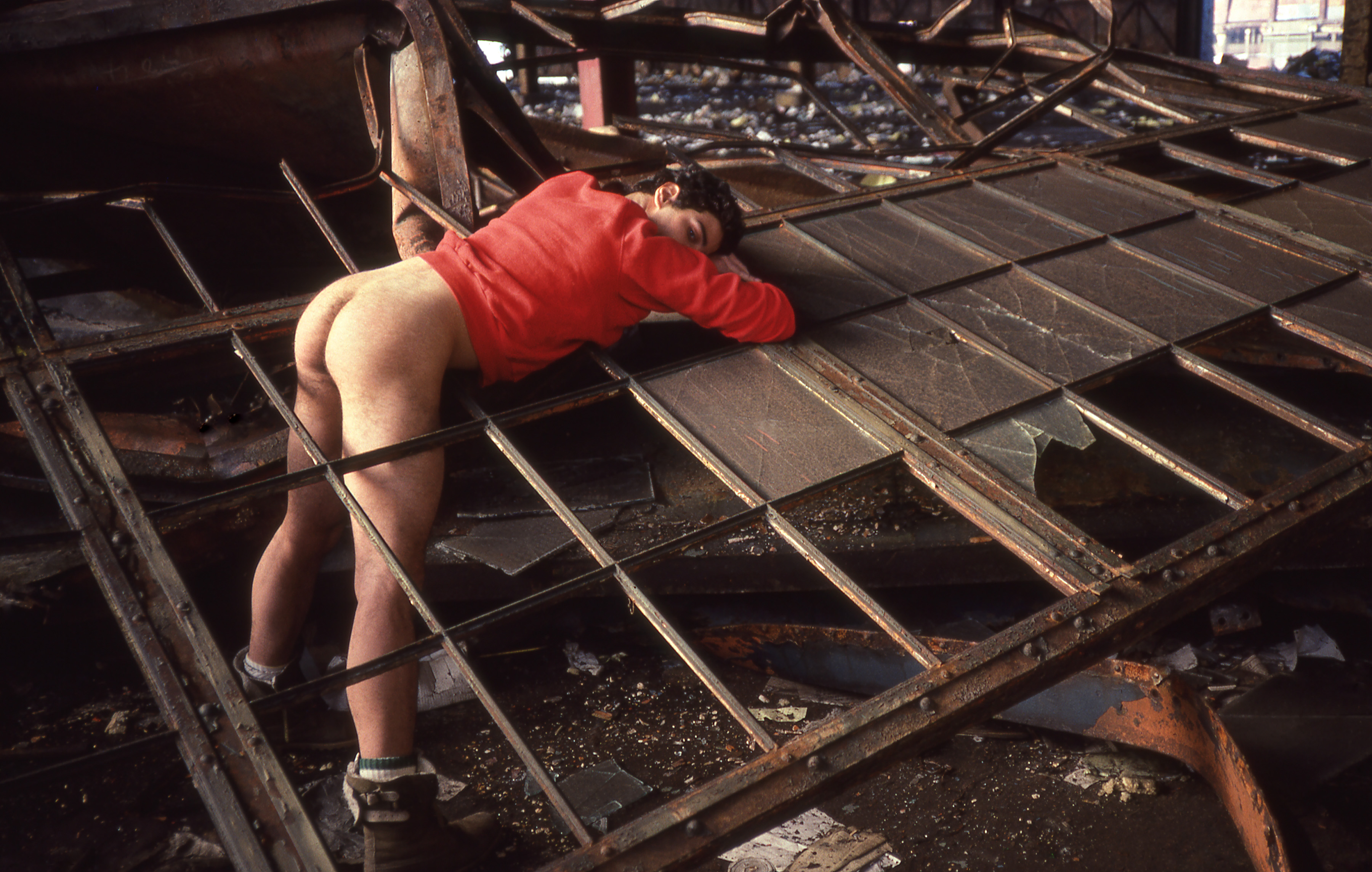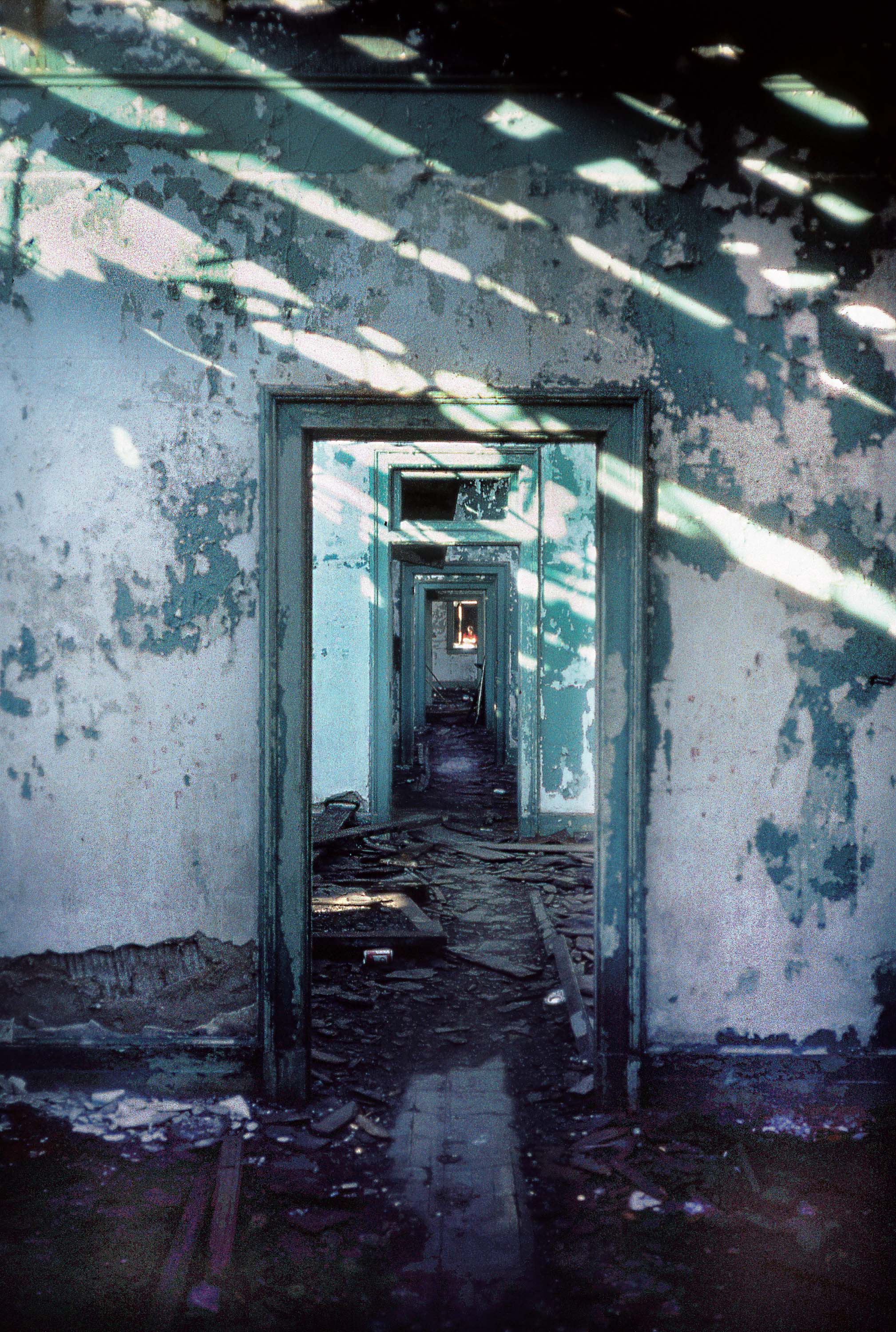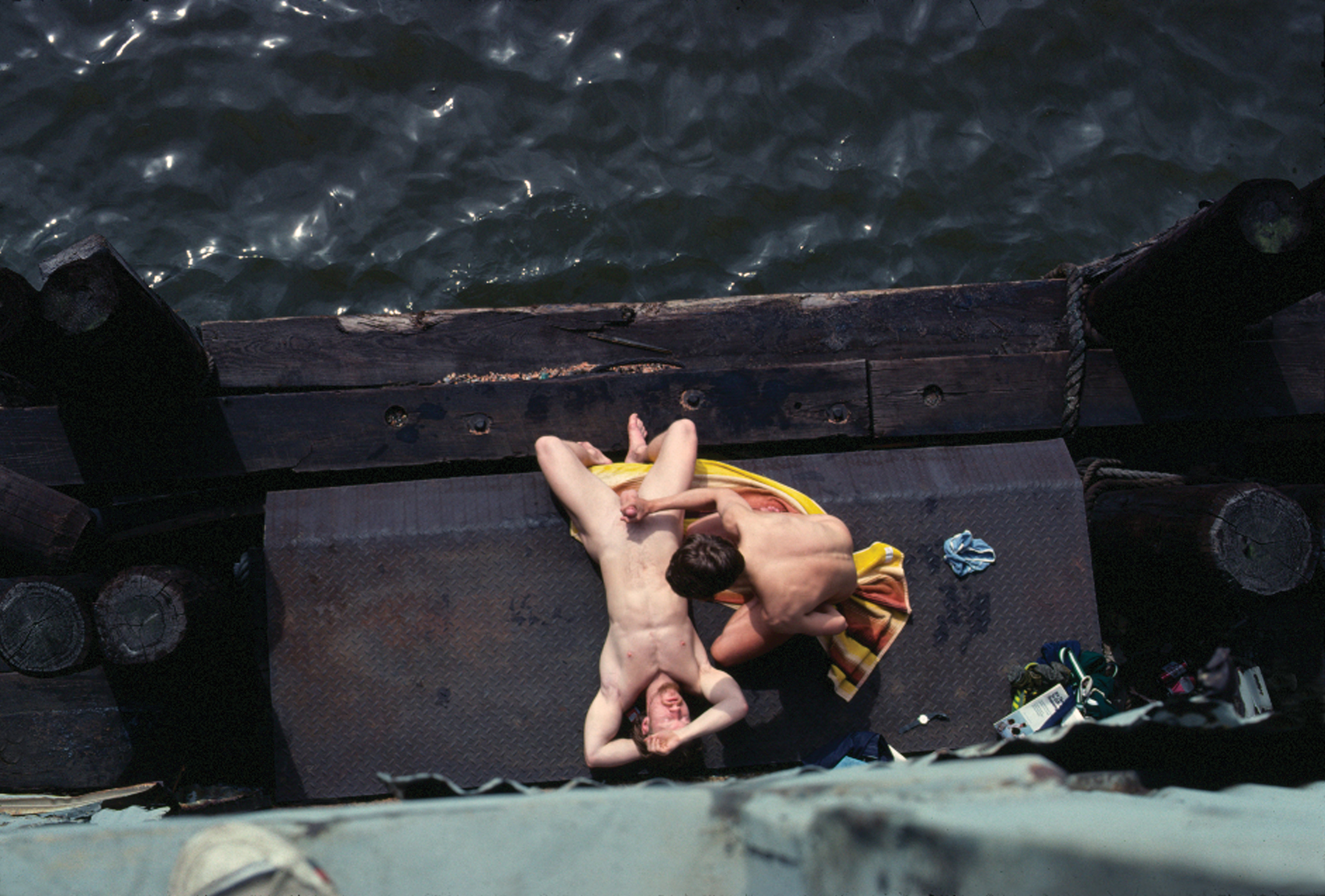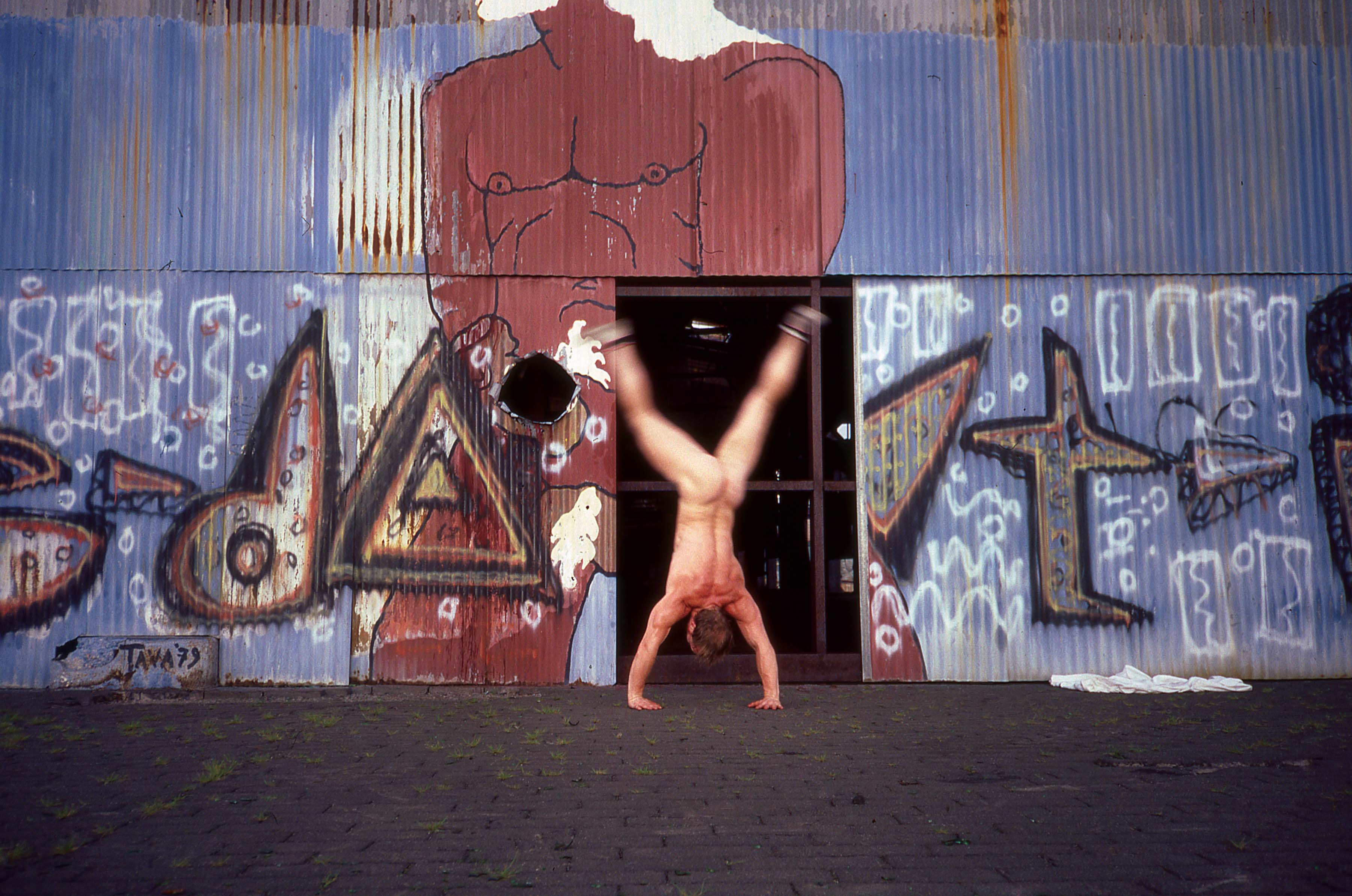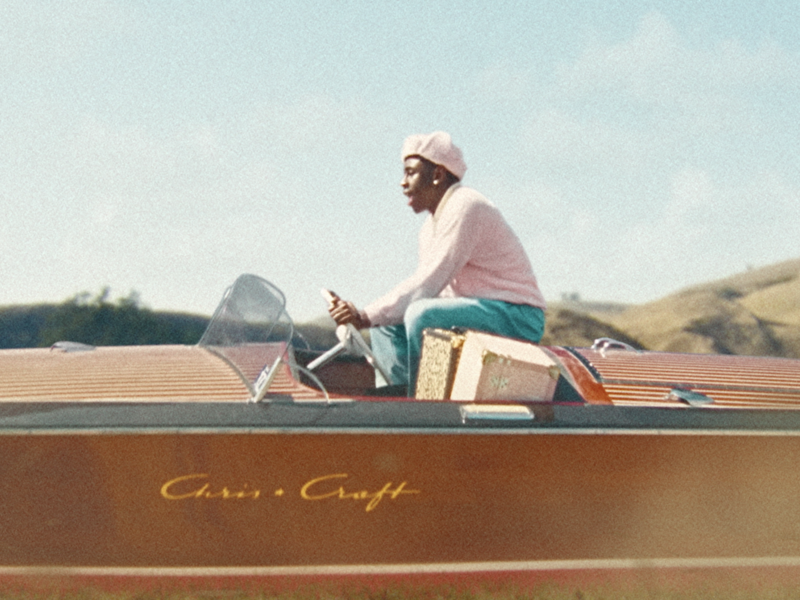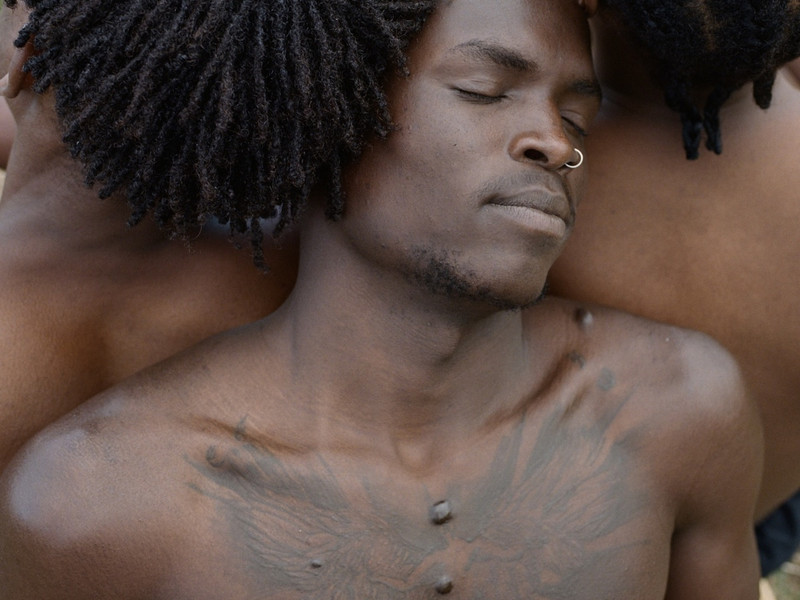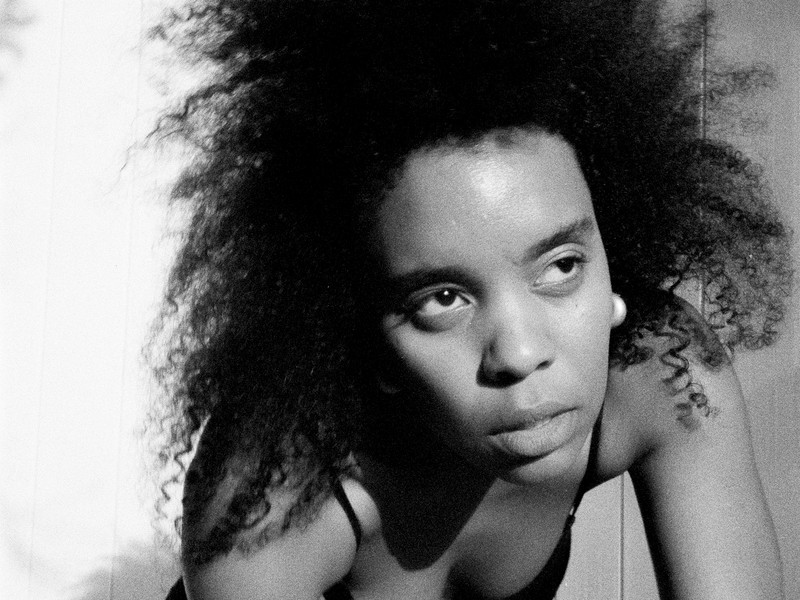Voyage au bout de la nuit
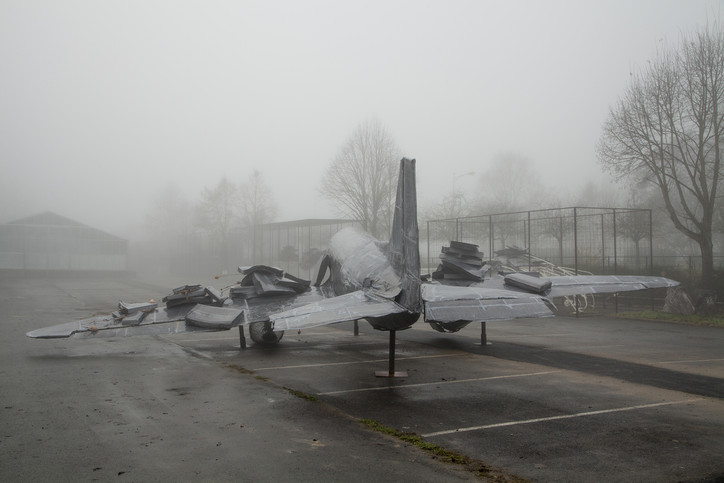
Born in 1945, just a few months before the death of Hitler, Anselm Kiefer grew up with the ruins left by the war as his childhood playground. Since the beginning of his career in the 1960s, the German artist has explored the inescapable past of post-war Germany and its relationship to an ever-changing present. In 1969, aged 25, Kiefer staged a series of actions called Besetzungen [Occupations]. Photographed doing Sieg Heil salutes at various European monuments, he provoked the art world into recoiling for the first time. Ever since he has worked against forgetting the horrors of the war.

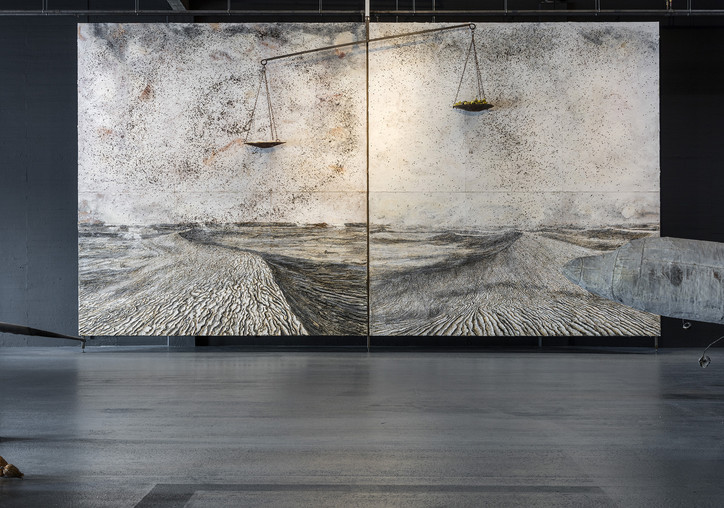
“When I started to work in the ‘60s I always said: ‘1945 is not the beginning of a new time. All the morass is still there, it's just covered with a thin layer of democracy. It can come up again anytime.’ This is very clear. And now we live in a very dangerous time. Populism and nationalism goes up and…” Kiefer told me when I asked him about the timing of his new exhibition, which opened last week at art center Copenhagen Contemporary. Planned and executed in just five months, the exhibition is the quickest ever for Kiefer, who is known for working on pieces for years, if not decades. The show’s title was actually changed just a few weeks before the opening, in a clear sign of sensitivity to the current political climate.
With works that has never left his studio before, the installation ‘For Louis-Ferdinand Celine: Voyage au bout de la nuit’ consists of four monumental desert paintings and four life-sized warplanes. Three sculpted in Kiefer’s signature material, lead and one in zink, taking up 1,500 m2 in the grand industrial halls of CC. The title of the exhibition is a reference to the French writer Louis-Ferdinand Celine's 1932 book "Voyage au bout de la nuit" (Journey to the End of the Night). Once a scandalous book, hated for the author’s anti semitism, but later viewed as a classic with a significant influence on existentialist writers such as Barthes, Beckett and Bukowski. The book's protagonist, Ferdinand Bardamu, the alter ego of the writer, is deeply traumatized after participating in the first World War, and the book can be read as a confrontation against the absurdity of the war and twentieth-century moral decay.
Céline has Bardamu say: “…I cannot refrain from doubting that there exist any genuine realizations of our deepest character except war and illness, those two infinities of nightmare.,” This fascination with the dark side of the human mind and final entities of life is something Kiefer relates to. His art is occupied with the universal dualities of life and death; heaven and earth; the human and the divine, creation and destruction.
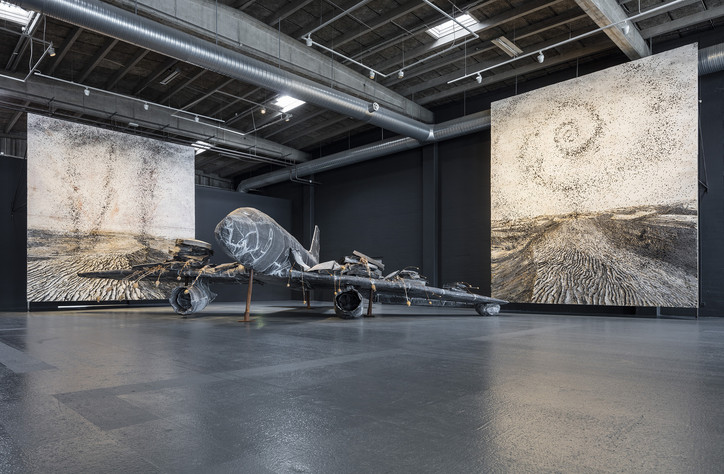
Kiefer’s focus on Germany’s dark past, has always been about asking why and how such potent ideology can end up seducing so many people. Kiefer has often said himself, that he’s not even sure how he would have acted, had he lived during WWII. Asking such questions seems even more relevant now than ever.
“I think man is wrongly constructed.” Kiefer says. ”Something in our brain is wrong. You know when the Second World War was finished, they thought ‘now, a new time will start.’ People said that when Hitler is overcome, then the world will be good. And we found out that it's not good, no? We have horrible things happening, because there's something wrong with mankind.”
Having before been accused of neo-Nazism, Kiefer’s choice of title seems risky. Céline himself was a notorious anti-Semite and misanthrope (or, as Kiefer puts it, “a nihilist”.) “He was a horrible man, but a great writer,” Kiefer told me when I asked him about the Céline reference. “You have to separate those two things. There can be bad characters who are good artists. It happens. And you have to separate it. His Book "Voyage..." is the most astonishing book in the second part of the twentieth century. But he was an asshole, yes.”
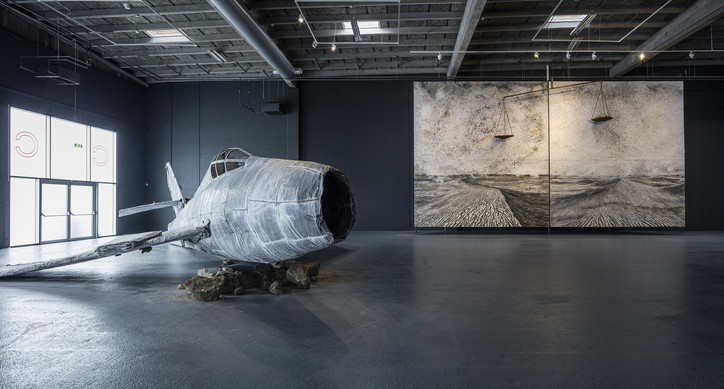

The acclaimed Austrian writer Ingeborg Bachmann's "The Book of Franza", in which the title character unsuccessfully seeks solace in the barrenness of the desert is another inspiration Kiefer draws upon. Like the audience viewing Kiefer's huge paintings, she is marooned in a vast impassive desert. The scale of these desert paintings reinforces the insignificance of the viewer. The desert consumes all; it erases both civilization and ideology with a slow, relentless determination.
The planes and paintings together creates a desolate and barren atmosphere in the old paper halls, closely resembling a real hangar. The planes are modelled on real fighter jets from World War II, the Korean War, and the Cold War and are symbolic fossils of these conflicts. Their real-life military counterparts were designed as means of delivery - be it physical cargo or weapons. And for Kiefer, these planes also carry a heavier payload – ideology. They are the physical enablers of policy and belief. Yet in this show Kiefer also presents them in their impotence and vulnerability. There’s an absurdity to the fact of making airplanes out of something so immobile as lead. The planes are also weighed down by books and shot through with sunflowers and poppies.
Books and sunflowers are recurring symbols throughout Kiefer's practice. He has painted many sunflower fields and created numerous works with books made out of lead, literally weighed down by the weight of history. Kiefer sees history as a material, like lead or clay, that can be shaped the way you want it. He uses sunflowers when they are withered and dried up — they may be dead, but this is the moment that their heads are actually full of seeds. As such, they become part of Kiefer's recurring tale of life and death and the great cycle. “I don’t think there’s no hope,” Kiefer said. “You have to create hope, otherwise you cannot live.”
Visit Copenhagen Contemporary from April 2nd - August 6th, 2017.

